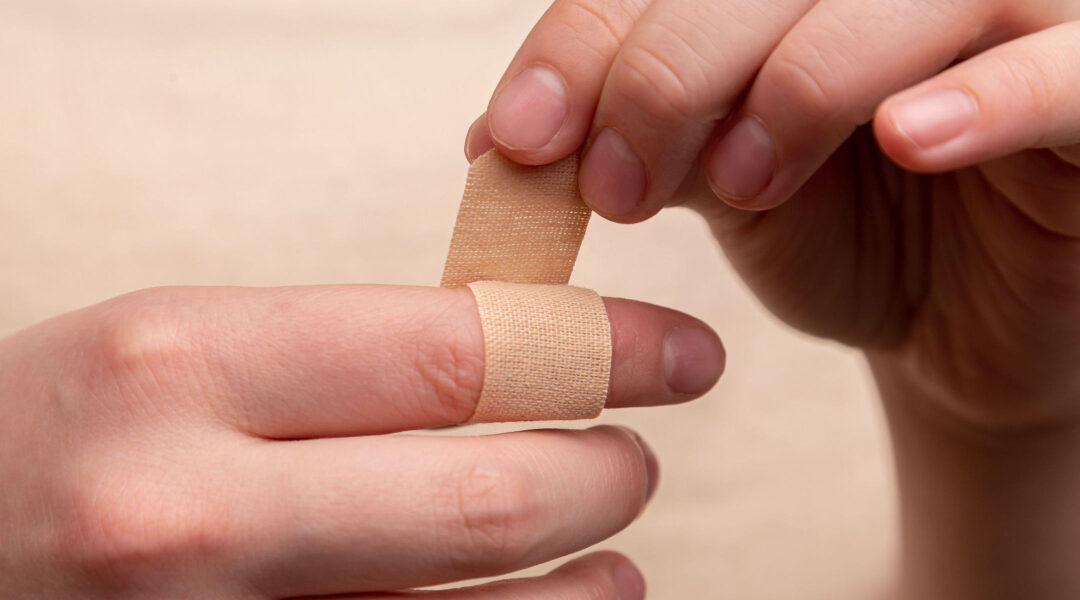Picture this: your skin, a remarkable organ that covers and protects your body, has an incredible ability to heal itself. But have you ever wondered what goes on beneath the surface during the process of skin healing? In this exploration, we’ll embark on a journey to uncover the fascinating science behind skin repair and how it holds the key to healthy, radiant skin.
Skin healing, much like a superhero’s power, is a remarkable and complex process. When our skin is injured, whether from a small scrape or a more significant wound, the body springs into action to repair and regenerate the damaged tissue. It’s like a well-orchestrated symphony of cells and molecules working together to restore the skin’s integrity.
At the heart of this intricate process are specialized cells called fibroblasts. These unsung heroes produce collagen, a protein that acts like scaffolding for the skin. Collagen provides the framework for the new tissue to grow, gradually filling in the gap left by the injury. Think of it as a construction crew working tirelessly to rebuild a damaged bridge.
But wait, there’s more! The immune system plays a vital role in the healing process. Immune cells rush to the site of the injury to ward off any potential invaders like bacteria. It’s like having a team of security guards protecting your skin from harm’s way.
Now, let’s talk about one of the stars of the show: growth factors. These tiny molecules act like messengers, signaling cells to divide, migrate, and perform various tasks essential for skin repair. They’re like the directors of a blockbuster film, coordinating the actions of the cast and crew to ensure a flawless performance.
But what about those pesky scars? Well, scars are like the mementos of past injuries. When the skin heals, it sometimes produces an excess of collagen, leading to the formation of scars. But here’s the good news: ongoing research is uncovering ways to minimize the appearance of scars, making them less noticeable and easier to embrace.
In our quest for healthy, radiant skin, it’s crucial to remember that not all skin types are created equal. Genetics, lifestyle, and environmental factors all play a role in how our skin responds to injury and heals. So, what works wonders for one person may not yield the same results for another. Embrace your skin’s uniqueness, and focus on what makes it uniquely yours.
Skincare routines can also aid in the skin’s healing process. Proper cleansing, moisturizing, and sun protection can help maintain the skin’s health and resilience. It’s like giving your skin a daily dose of love and care, ensuring it’s ready to tackle whatever challenges come its way.
The science behind skin healing is a mesmerizing journey that reminds us of the incredible power our bodies possess. From fibroblasts and collagen to growth factors and the immune system, each element plays a vital role in the process of repairing and regenerating our skin. By understanding and appreciating this remarkable process, we can take better care of our skin, embrace its uniqueness, and journey towards the goal of healthy, radiant skin. So, let’s celebrate the wonders of our skin’s healing abilities and continue to care for this incredible organ that serves as our body’s protective shield.


Recent Comments